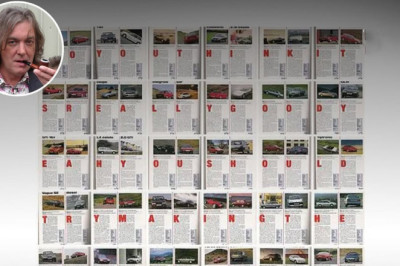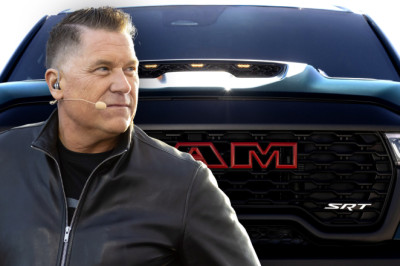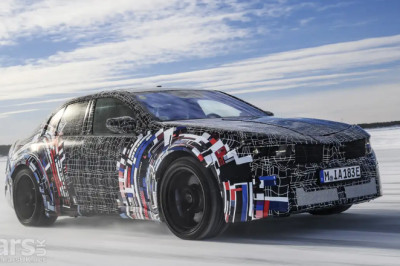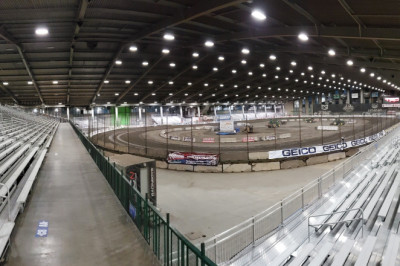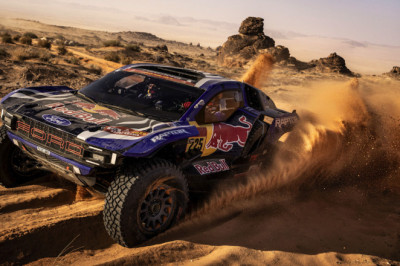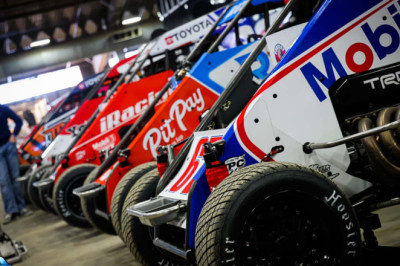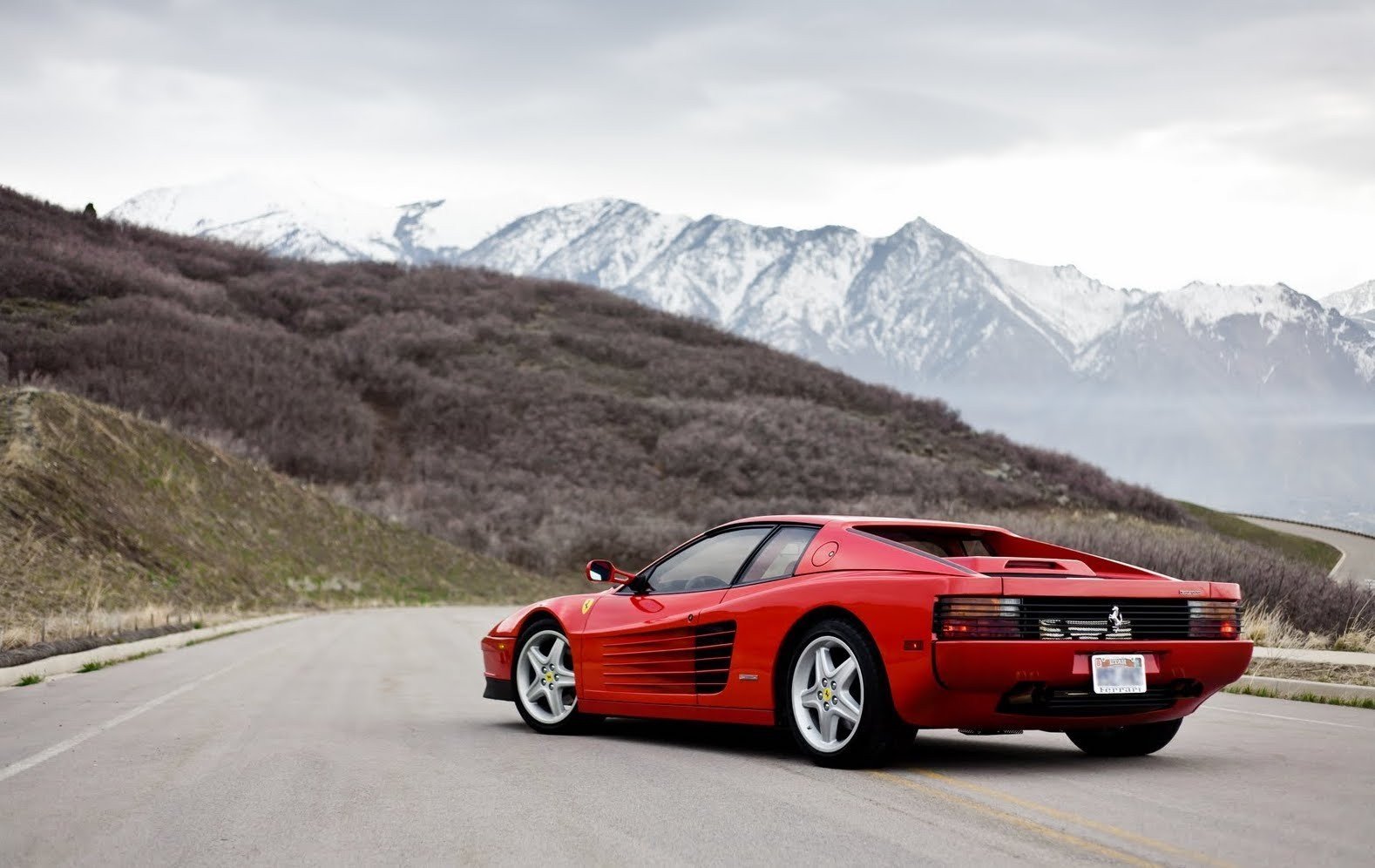
Ferrari auction prices have exploded in recent years with the top spot record highest prices at auction all going to this exotic marque. Being the last car to use the glorious Ferrari flat-12, It's intriguing design, refined ride, and luxurious interior made it a very important car in Maranello’s storied history, and due to this, the Testarossa is very likely to become a $1-million classic in just a few years.
Development of the Ferrari Testarossa is said to have begun in the early 1980s, when Maranello set out to create a sports car that would fix the faults of the Berlinetta Boxer. Issues included a cabin that got increasingly hot from the plumbing that ran between the front-mounted radiator and the mid-mounted engine and a lack of luggage space. In 1982, Pininfarina was commissioned to design a 12-cylinder Ferrari with side-mounted radiators, GT-level luggage space, and improved comfort.
The finished product arrived two years later as the Testarossa, a car that quickly became an icon of 1980s retro culture. Much like the Lamborghini Countach and the Porsche 959, the Testarossa spawned posters that adorned childhood walls well into the 1990s.
Produced until 1991, the two-door berlinetta paid tribute to the infamous Ferrari 250 Testa Rossa, a race car that won the 24 Hours of Le Mans in 1958, 1960, and 1961. Testa Rossa, which literally means "red head" in Italian, refers to the red-painted cam covers of the 12-cylinder engine.
Updated into the 512 TR in 1992 and the F512 M in 1994, the Testarossa was the last to use Ferrari’s flat-12 engine and the brand’s last mass-produced, mid-engined, 12-cylinder sports car. Since then, Maranello built only three limited-production, mid-engined supercars using V-12 powerplants: the F50, Enzo, and the LaFerrari.
The Testarossa’s design was bold and unique. Although, it was heavily influenced by the wedge styling that was still common in the early 1980s, its most striking features were the massive side intakes and the wide rear fascia. Often considered a statement of style, the intakes were actually the result of Ferrari’s idea to give the Testarossa’s race-inspired, mid-mounted radiators. The side strakes, often referred to as "cheese graters," were part of the car’s aerodynamic layout as well. They captured air to cool the radiators, which then went upward and left the vehicle through the ventilation holes in the engine lid and the tail. As a result, the Testarossa did not need a rear wing, sporting a more dramatic stance. Its drag coefficient was also impressive at 0.36 — significantly better than its main rival, the Lamborghini Countach (0.42). Although it caused some controversy at first, the Testarossa design grew on most people almost immediately, becoming a symbol of the 1980s and inspired many other supecar designs.
The Ferrari Testarossa is definitely a modern classic
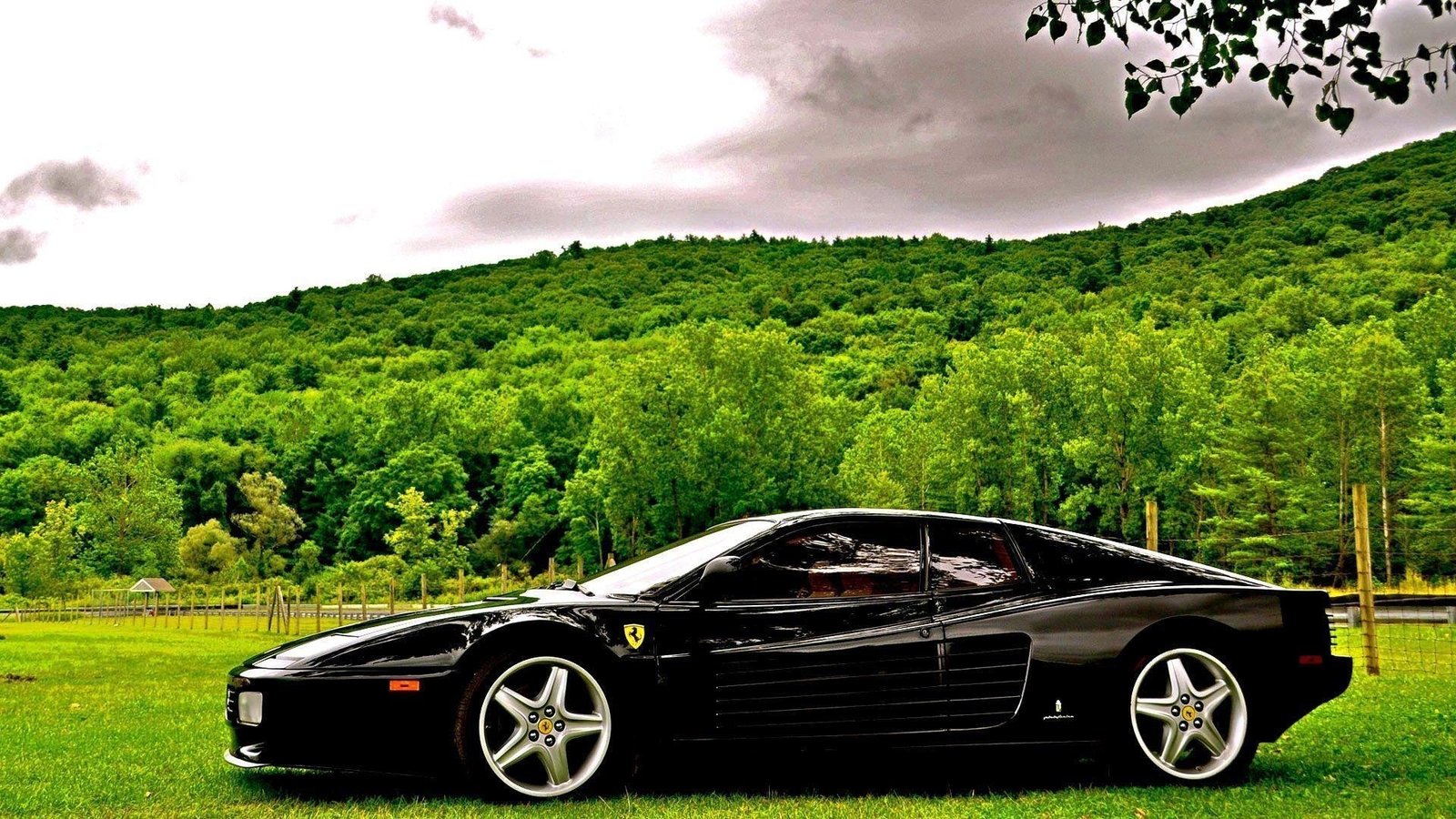
The Testarossa was powered by a 4.9-liter flat-12 engine that was very similar to the one found in the Berlinetta Boxer. Using 48 valves, dry-sump lubrication, and a compression ratio of 9.20:1, the flat-12 generated 385 horsepower at 6,300 rpm and 361 pound-feet of torque at 4,500 rpm in the European version. The North American version, which was fitted with catalytic converters, had 375 horses at 5,750 rpm. The Testarossa was brawny enough to hit 60 mph from a standing start in around 5.2 seconds and reach 100 mph in 11.4 ticks. Top speed was estimated at 180 mph for the European version and 176 mph for the U.S.-spec model. The latter took around 13.5 seconds to complete the quarter-mile.
Granted, the Testarossa is no 250 GTO, but experts around the world agree that the Testarossa may be the next Ferrari to take a massive leap forward in appreciation. The Testarossa basically bridged the gap between the fast and crude Berlinetta Boxer and the 550 grand tourer that replaced the F512 M in 1996. Making it even more special is that, along with its subsequent updates — the 512 TR and F512 M — the Testarossa was the last Ferrari to use a flat engine. It was also the last mid-engined, 12-cylinder car except for the limited, range-topping F50, Enzo, and LaFerrari. Being the last car to use the glorious Ferrari flat-12, It's intriguing design, refined ride, and luxurious interior made it a very important car in Maranello’s storied history, and due to this, the Testarossa is very likely to become a $1-million classic in just a few years.







